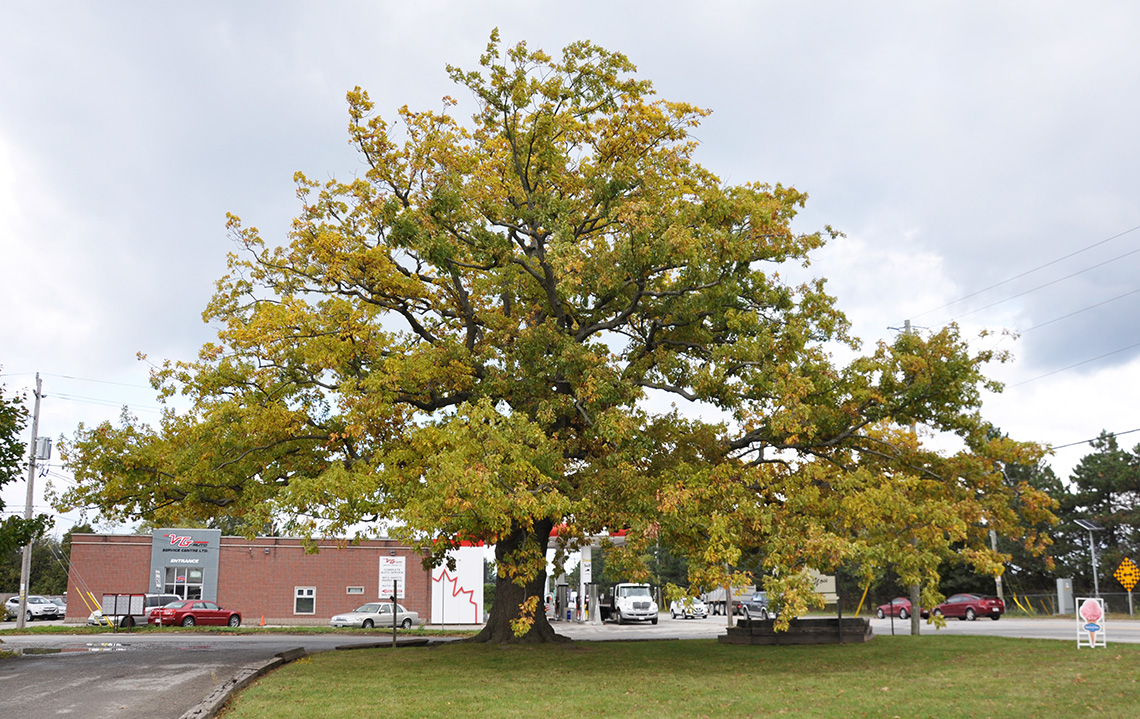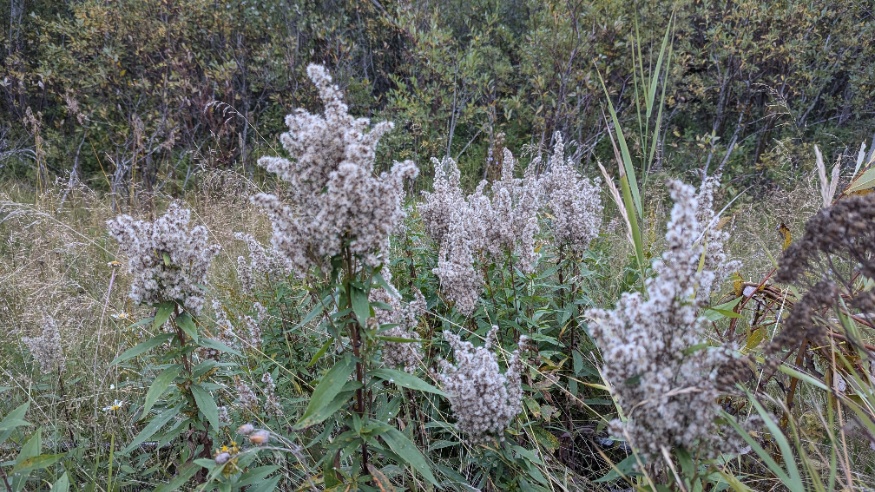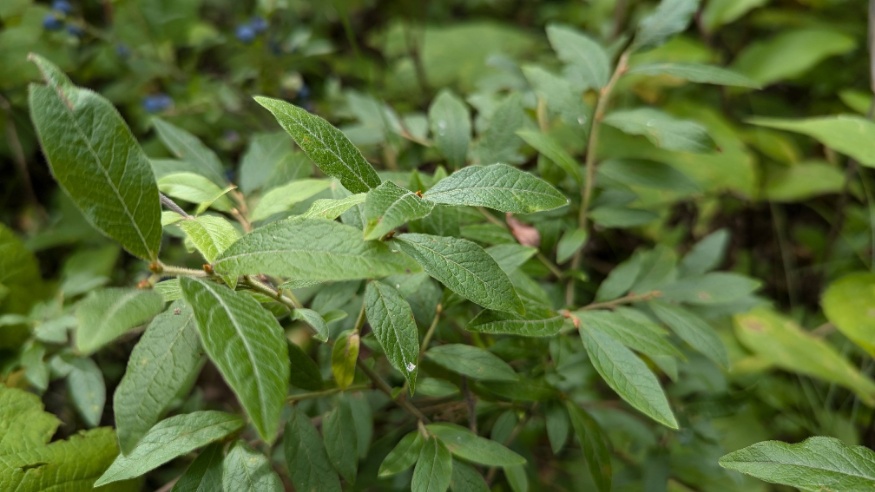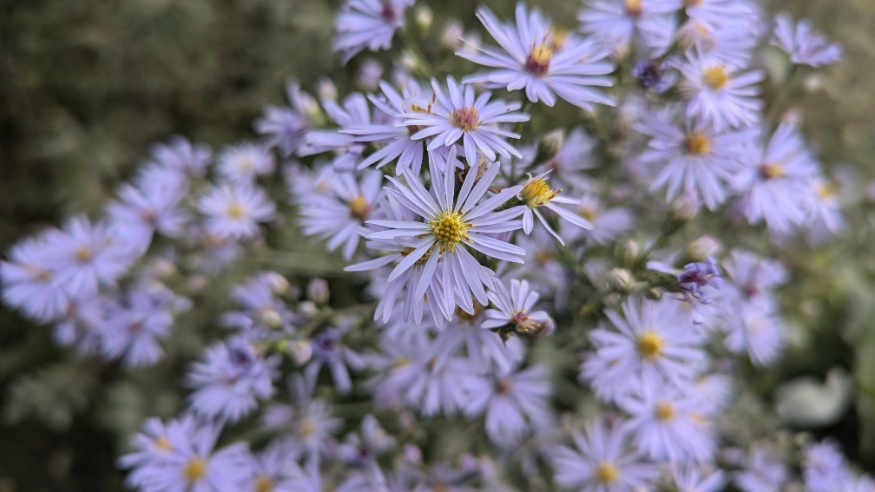White Oak
 Botanical Name: Quercus Alba
Botanical Name: Quercus Alba Family: Fagaceae Native to: Eastern North America
Hardy to zone: 3
Eco benefits: attracts birds, valuable wood
Natural habitat: swamps & bogs, prairies, mountains, seaside, hillsides & uplands, rocky slopes
Shapes: round
Height: 80ft
width: 50ft
Growth rate: slow
Lifespan: 250-600 years
Unique attractions: fall colour
Common uses: reforestation, landscaping
Insects: gypsy moth
Light: full sun
Transplanting: difficult
Soil: moist and fertile, well drained, drought tolerant, acid ph

Long lived trees with a large canopy and horizontal branching when granted proper space. The White Oak is native to southern Ontario and the eastern United States. It can grown in a wide variety of habitats and is drought tolerant when established. The name 'White' is derived from its light grey bark and light coloured wood. Heavy, hard, and durable White Oak wood is valued for wine barrels (non-porous) and furniture.

Propagation
Mycorrhizae Fungi are important for White Oaks. They do dramatically well with it present in the soil. Propagation can be challenging only because of the large tap root.

Leaves
Dark green leaves with 7-9 rounded lobes and potential nice red or purple fall colour. Leaves persist on the tree through Autumn and Winter. Arrangement is alternate.

Acorns
Fat, round scales present on the cap. Acorns are edible, but must be boiled many times prior due to the tannins. They are a favourite food for deer and other animals.
Twigs & Buds
Grey, with touches of brown and purple
Pests & Disease
Gypsy Moths (came in from China over 100 years ago) can potentially totally defoliate the tree. There is some natural control to attempt to slow them down such as Bacillus thuringiensis (BT) - a bacteria commonly sprayed from helicopters that destroys the Gypsy Moth larvae digestive system.


